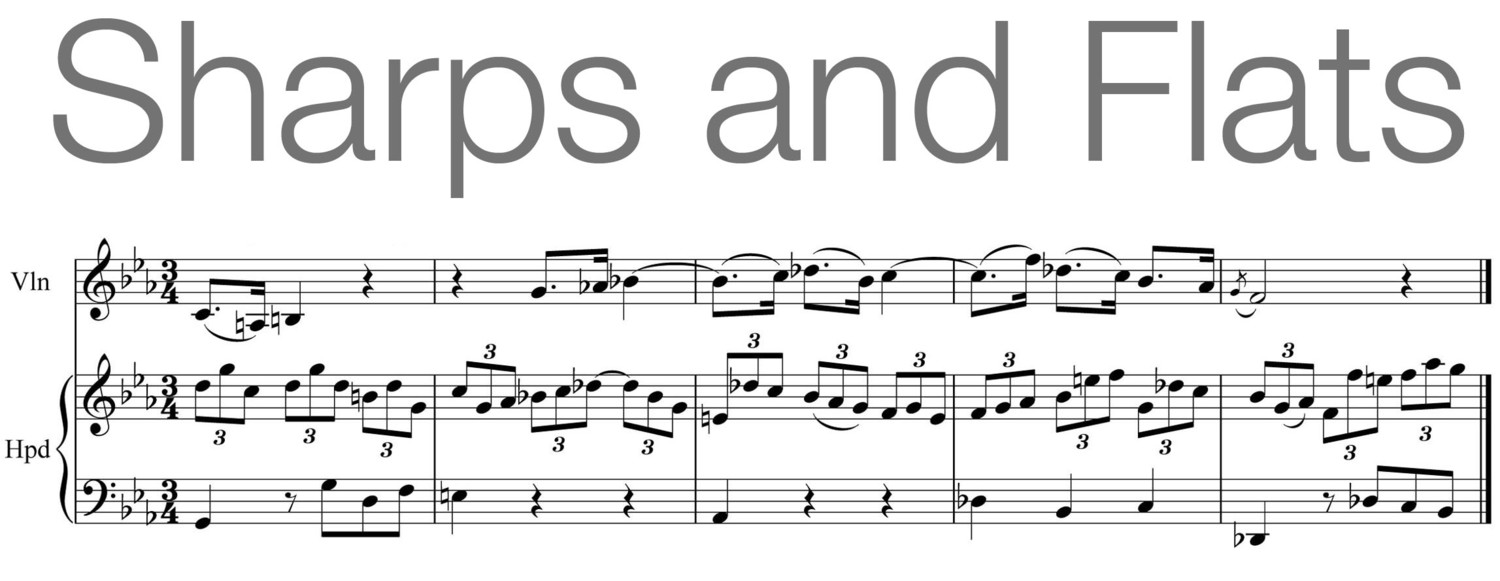In the summer of 1976, I was invited by the Mexican government to direct a series of television broadcasts of the newly reorganized Casals Music Festival. Founded originally in Prades by the celebrated cellist, the festival had moved from France to Puerto Rico in 1956. Now three years after Casals' death, it was about to begin its first season in Mexico City under the direction of Casals' widow Marta Istomin and the conductor Eduardo Mata.
It had taken over a year of complicated scheduling to arrange for the National Orchestra of Mexico, Mata, and a roster of international stars to participate. I was there because the Ministry of Education, which had organized this project, had also allocated funds to for the entire festival to be televised nationally.
To facilitate this huge undertaking, a group of six government and private television stations agreed to create an umbrella broadcast company, in which each station would make a particular contribution: some provided the television crews, some the cameras, and others the sound and lighting equipment.
Infighting, alas, proved inevitable. Cameramen from one station did not want to deal with equipment assigned to them from another, (though they soon discovered that the cameras were almost identical to the ones they were used to). Sound and lighting men did not always inform colleagues from other stations about the special features of their microphones and cable connections. Then, among the large production and office staff, which included executives from each station, there was much jockeying for position. Everyone finally came to understand that without cooperation the project would fail; no one wanted a share of the blame.
We soon settled into a routine – camera rehearsals with the performers in the afternoon, live transmissions at night. The concerts were sold out and the the press considered the national broadcasts a great gift to the cultural life of the country. Everyone did his job, but even with my limited Spanish, I could sense an uneasy, competitive atmosphere.
Just before an evening orchestral concert, we discovered that one of the cameramen had failed to show up. I was able to distribute most of his shots among the other cameras, and we managed somehow without him. The next morning, he acted surprised when I asked him where he had been. “Hey,” he said, “it was my wife's birthday.”
On another occasion, the Guarneri Quartet arrived late from a delayed flight to find there were no music stands. Apparently, the stage hand in charge had locked them in a storage cage, put the keys in his pocket, and left for his dinner break. When he returned for the concert, no one said anything to him. He set up the music stands and the Guarneri gave a typically fine performance.
The concerts took place in the Palacio de Bellas Artes, Mexico's most important cultural center. One evening, about halfway through the festival, as Eduardo Mata was conducting the orchestra in a performance of Manuel de Falla's “El Amor Brujo,” things seemed to be moving along smoothly. The crew and I were seated outside the theater in a large van that had been converted into a television studio. As Mata led the musicians in a colorful performance, all eyes and ears in the van were following the transmission on the main broadcast television monitor.
Mata turned to the strings – and the monitor went black. Almost immediately, a hand-written sign appeared on the monitor: “Temporary Interruption.” The nationwide telecast had been cut.
What happened? Equipment failure? A problem with the transmitter itself? No one wanted to think that it might have been sabotage.
Whatever the problem, we obviously had to figure out quickly how to fix it. It could take many minutes, perhaps hours, to locate the cause, and an unpredictable amount of time to correct it. By then the concert would have long been over. With one stroke, a historic national event had been turned into a fiasco. We imagined everyone in the country fiddling with their TV knobs, banging the set, swearing at the Mexican government.
We immediately sent a technician to the roof of the concert hall where the transmission tower had been set up. Meanwhile, we could see on the monitors in the van that the orchestra musicians were still playing and the audience was listening. The transmission had been interrupted, but not the concert.
The “Temporary Interruption” sign had now been up for about six minutes – the technical personnel who had rushed into our van were testing all the connections; so far everything seemed to be working. The problem must be with the transmission tower on the roof. But who had put up the “Temporary Interruption” sign?
Without warning, the sign was taken away and the transmission resumed on the screen. I jumped ahead in the shooting script to catch up with the music and we proceeded with the rest of the broadcast, though we were terrified that there might be further breakdowns.
Mata and the orchestra finished the concert in grand style and received a standing ovation. I wondered if the nationwide television audience had stayed with us through the blackout or had missed the exciting finale.
We still had not heard from the technician we had sent to the roof. Eventually we found him waiting outside the van. He had a strange look on his face, a mixture of shame and hilarity. Our technical director grabbed him by the shoulders. “Is the transmission equipment safe, is the technician up there OK? We thought he might have had a heart attack.” The messenger looked around at us and answered:
“The transmission guy told me that he interrupted the broadcast because he wouldn't leave the equipment alone with an assistant he didn't trust – some guy from a different station. So he put up the sign because he had to go to the bathroom.”

